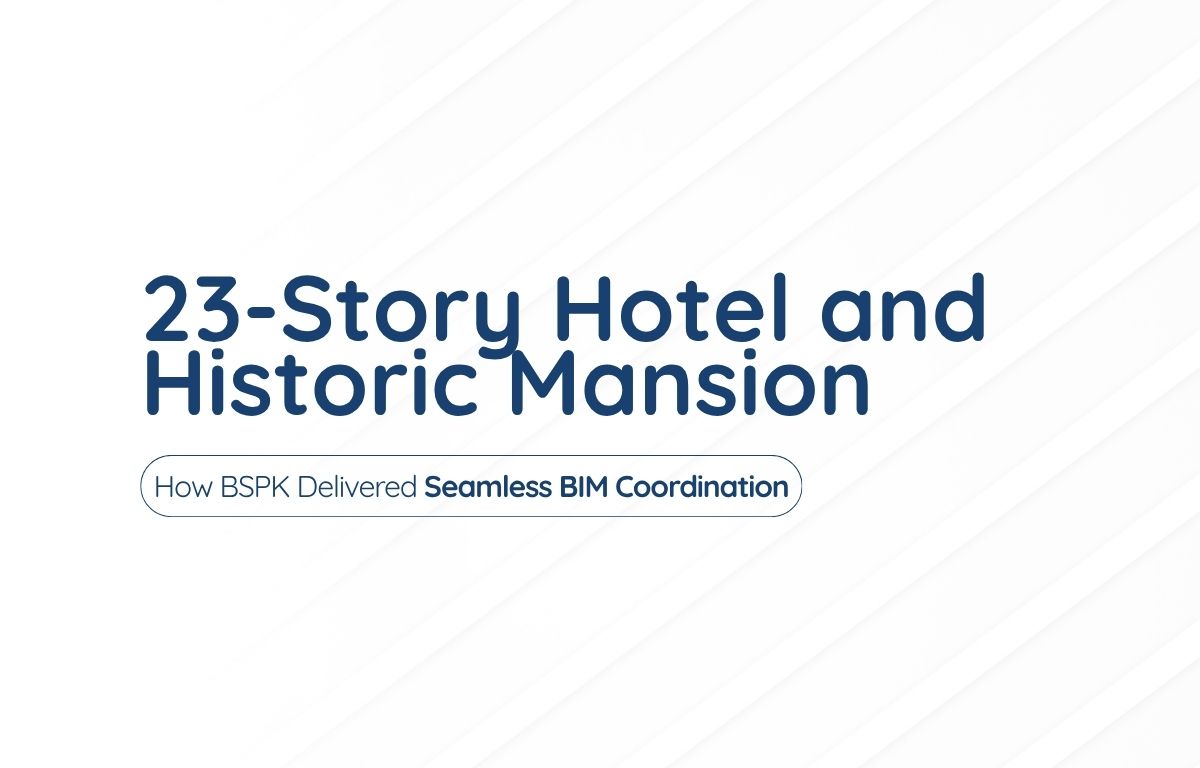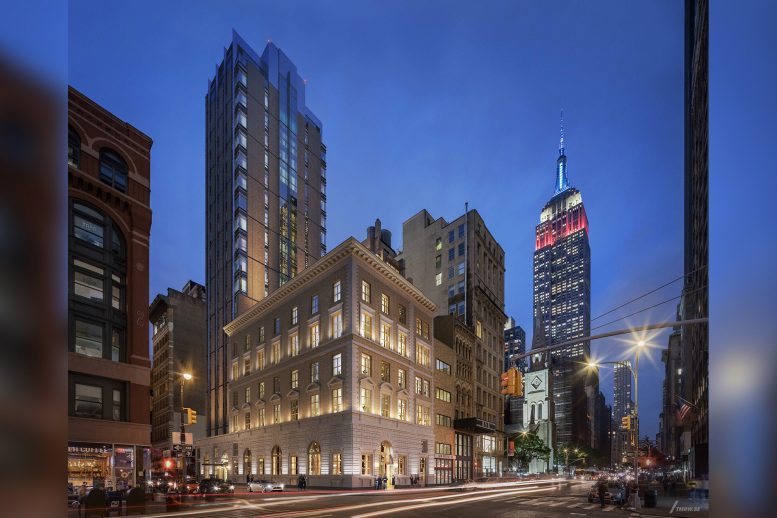
How do you integrate a new 23-story hotel with a renovated 6-story mansion—without clashes or delays? This challenge confronted BSPK in 2019 when we approached the Boutique Hotel Tower & Mansion Renovation project, where 135,672 square feet of mixed-use hospitality construction demanded coordination precision that respected both modern construction efficiency and historic preservation requirements.
The project combined two distinct construction challenges: building a contemporary 23-story boutique hotel while renovating a 6-story historic mansion. These dual objectives required comprehensive BIM implementation that could coordinate complex MEP systems, fire protection infrastructure, and architectural preservation constraints across radically different building typologies. BSPK’s solution delivered clash-free coordination through systematic VDC management, producing over 15,000 shop drawings in 12 months while ensuring constructible models that eliminated onsite surprises.
The Dual Challenge: High-Rise + Historic Renovation
Mixed-use projects combining new construction with historic renovation present coordination complexity that exceeds either challenge individually. New high-rise construction demands precise MEP coordination within tight spatial constraints while historic renovation requires integration with existing structural and architectural elements that cannot be modified without compromising preservation objectives.
The boutique hotel tower represented contemporary hospitality construction with sophisticated guest room systems, common area amenities, and building-wide infrastructure supporting luxury service delivery. Guest rooms required coordinated MEP systems serving individual climate control, lighting, and technology integration. Common areas needed flexible infrastructure supporting restaurants, meeting spaces, and recreational facilities. The building’s vertical distribution systems required coordination with structural elements while maintaining guest comfort and operational efficiency.
The historic mansion renovation added preservation constraints that limited coordination options while demanding integration with modern building systems. Historic structural elements could not accommodate typical MEP routing strategies, requiring creative coordination solutions that respected architectural integrity while meeting contemporary building codes. Fire protection systems needed seamless integration with historic architectural features without compromising safety performance or visual aesthetics.
The interface between new and renovated construction created the project’s most complex coordination challenge. Building systems serving both structures required coordination strategies that accommodated different floor elevations, structural systems, and architectural constraints. MEP distribution crossing between buildings needed protection from weather exposure while maintaining accessibility for maintenance and future modifications.
Project success required BIM coordination that could address these challenges simultaneously while maintaining the construction schedule needed for hospitality project economics. Delayed openings in hospitality construction create cascading financial impacts that make schedule adherence critical for project viability.
BIM Implementation Strategy: BEP + VDC Management
BSPK approached this complex project with comprehensive BIM implementation that began with a detailed BIM Execution Plan (BEP) establishing coordination workflows and standards for all project participants. The BEP addressed the unique challenges of coordinating across different building typologies while maintaining consistency in modeling standards and deliverable quality.
The BEP established LOD development protocols that balanced coordination accuracy with modeling efficiency across diverse project elements. New construction components could leverage standardized LOD development approaches while historic renovation elements required customized modeling strategies that captured existing conditions accurately while supporting integration with new building systems.
VDC Management formed the coordination backbone, providing systematic clash detection, issue tracking, and resolution workflows that prevented conflicts from reaching construction execution. Our clash detection protocols ran continuously throughout design development, identifying spatial conflicts and system incompatibilities before they could impact construction schedules.
Issue tracking systems ensured that identified conflicts received timely resolution with appropriate stakeholder involvement. Historic preservation conflicts required coordination with preservation specialists while MEP coordination conflicts involved mechanical, electrical, and plumbing design teams. Our tracking systems maintained visibility into resolution progress while ensuring that approved solutions received proper documentation.
The VDC approach emphasized collaborative problem-solving that engaged all project stakeholders in coordination optimization. Rather than simply identifying conflicts, our process facilitated solution development that considered construction feasibility, preservation requirements, and long-term operational performance. This collaborative approach accelerated resolution timelines while improving solution quality.
Coordination standards established through the BEP ensured consistency across different modeling teams working on distinct project elements. New construction and renovation components required different modeling approaches, but coordination interfaces demanded consistent standards that enabled reliable clash detection and resolution workflows.
LOD350 Modeling & MEP Coordination
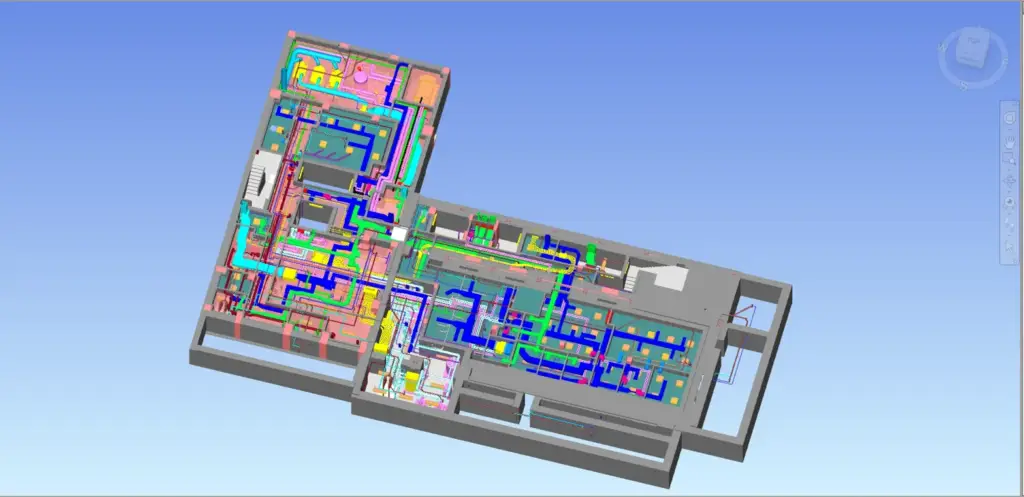
BSPK delivered LOD350 BIM modeling across all building systems, providing sufficient detail for accurate coordination while maintaining development efficiency needed for aggressive project schedules. This level of development enabled comprehensive clash detection across structural, mechanical, plumbing, electrical, and fire protection systems while accommodating the design refinements typical of complex hospitality projects.
Structural modeling addressed the coordination challenges of connecting new high-rise construction with existing historic structural elements. The tower foundation required coordination with mansion basement systems while vertical distribution elements needed integration with historic floor and ceiling assemblies. Our structural coordination identified optimal connection strategies that minimized impact on historic elements while ensuring structural performance compliance.
Mechanical system coordination addressed the complex requirements of hospitality HVAC serving diverse space types across different building eras. The hotel tower required modern comfort systems with individual guest room control while the mansion renovation needed discretely integrated climate systems that respected historic architectural features. Common areas serving both buildings required coordinated systems that maintained environmental standards while supporting operational efficiency.
Electrical coordination integrated modern hospitality technology requirements with historic preservation constraints. Guest rooms needed sophisticated electrical infrastructure supporting contemporary amenities while historic spaces required carefully routed systems that avoided damage to architectural features. Fire alarm and security systems required coordinated installation that served both buildings effectively while maintaining historic preservation compliance.
Plumbing coordination addressed the challenges of vertical distribution serving high-rise guest accommodations while integrating with renovated mansion facilities. Water distribution, waste systems, and specialized hospitality plumbing required coordination with structural elements while maintaining accessibility for maintenance and future modifications.
Fire protection coordination ensured code compliance across different building types and occupancy classifications. Sprinkler systems required coordinated installation that protected both contemporary and historic spaces while respecting preservation requirements and architectural aesthetics.
From 15,000 Shop Drawings to Constructability
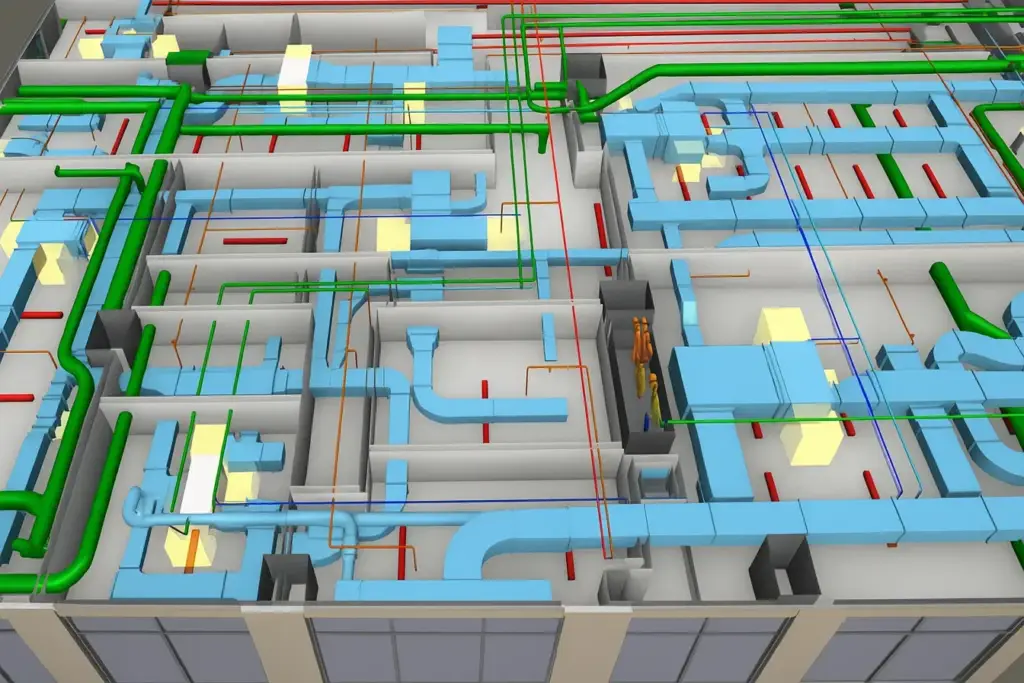
BSPK’s coordination process produced over 15,000 shop drawings during a 12-month development period, translating complex coordination models into construction-ready documentation that eliminated field interpretation uncertainty. This documentation volume reflected the project’s coordination complexity while demonstrating the thoroughness needed for mixed-use hospitality construction.
Shop drawing development addressed the unique installation challenges of coordinating across different building typologies. New construction documentation could leverage standardized details, while historic renovation documentation required customized solutions addressing site-specific conditions and preservation constraints.
Layout drawings provided to construction teams allowed precise installation guidance that eliminated field measurement uncertainty. These drawings translated 3D coordination decisions into 2D documentation optimized for field implementation while maintaining the dimensional accuracy needed for conflict-free installation.
Constructible model development ensured that coordination decisions could be implemented reliably during construction execution. Our modeling approach addressed installation sequence requirements, equipment access constraints, and maintenance considerations that affect long-term building operations. Constructability reviews identified potential field challenges before construction began, enabling proactive solution development that prevented delays and rework.
The documentation process also addressed the interface coordination between new and renovated construction elements. Connection details, transition assemblies, and system integration points received detailed documentation that enabled reliable field execution while maintaining both structural performance and architectural preservation objectives.
Quality control processes ensured that construction models and shop drawings reflected current coordination decisions while maintaining consistency with project specifications and preservation requirements. Our review protocols identified potential conflicts between different documentation sets while verifying that proposed installation approaches would support both immediate construction success and long-term operational performance.
Technology Integration and Project Success
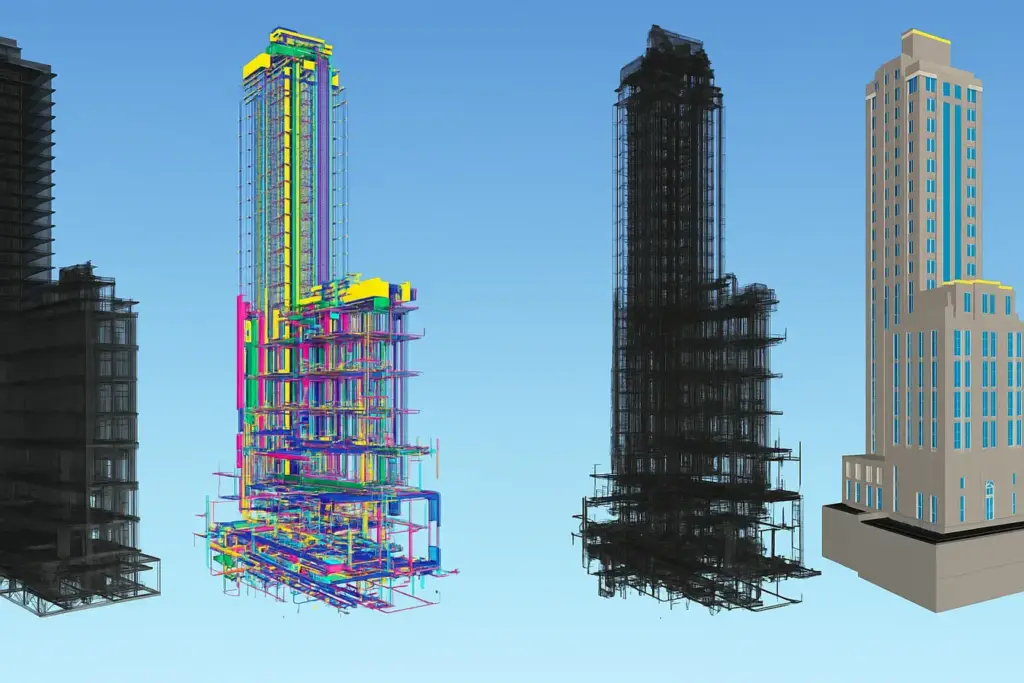
The project leveraged Revit 2019 for primary modeling development, enabling LOD350 system coordination with integrated data management supporting comprehensive project documentation. Navisworks Manage provided clash detection and coordination review capabilities that supported systematic conflict identification and resolution across all building systems.
Autodesk Construction Cloud enabled collaborative coordination between distributed project teams while maintaining version control and access management needed for complex multi-stakeholder projects. Cloud-based collaboration ensured that coordination updates reached all project participants immediately, preventing the information delays that can compromise coordination quality in fast-paced hospitality construction.
Our six-person team structure balanced coordination capability with project management efficiency. The BIM Project Manager maintained overall coordination strategy while ensuring that modeling decisions supported both construction execution and long-term facility operations. The BIM Coordinator managed day-to-day clash detection and resolution processes, working directly with design teams and contractors to resolve conflicts rapidly. Four BIM Modelers developed LOD350 building systems with the accuracy needed for reliable coordination across diverse project elements.
Lessons for Future Hospitality + Mixed-Use Projects
The Boutique Hotel Tower & Mansion Renovation project demonstrated that comprehensive BIM implementation can successfully coordinate complex mixed-use projects combining new construction with historic renovation. Success requires coordination strategies that address the unique challenges of each building typology while maintaining consistency in coordination standards and deliverable quality.
Historic renovation projects benefit from BIM coordination approaches that respect preservation constraints while enabling integration with contemporary building systems. Coordination solutions must balance preservation objectives with modern building performance requirements, often requiring creative approaches that exceed typical coordination strategies.
Hospitality projects require coordination precision that supports both construction efficiency and operational performance. Guest satisfaction depends on building systems that function flawlessly from opening day, making coordination accuracy essential for long-term project success.
VDC management provides coordination capabilities that exceed traditional project coordination methods. Systematic clash detection, issue tracking, and collaborative resolution processes prevent conflicts from reaching construction while improving coordination solution quality through stakeholder engagement.
Future mixed-use projects should prioritize BIM implementation strategies that establish clear coordination standards while providing flexibility needed to address diverse project elements. The combination of systematic coordination workflows with collaborative problem-solving delivers coordination quality that supports both immediate construction success and long-term operational performance.
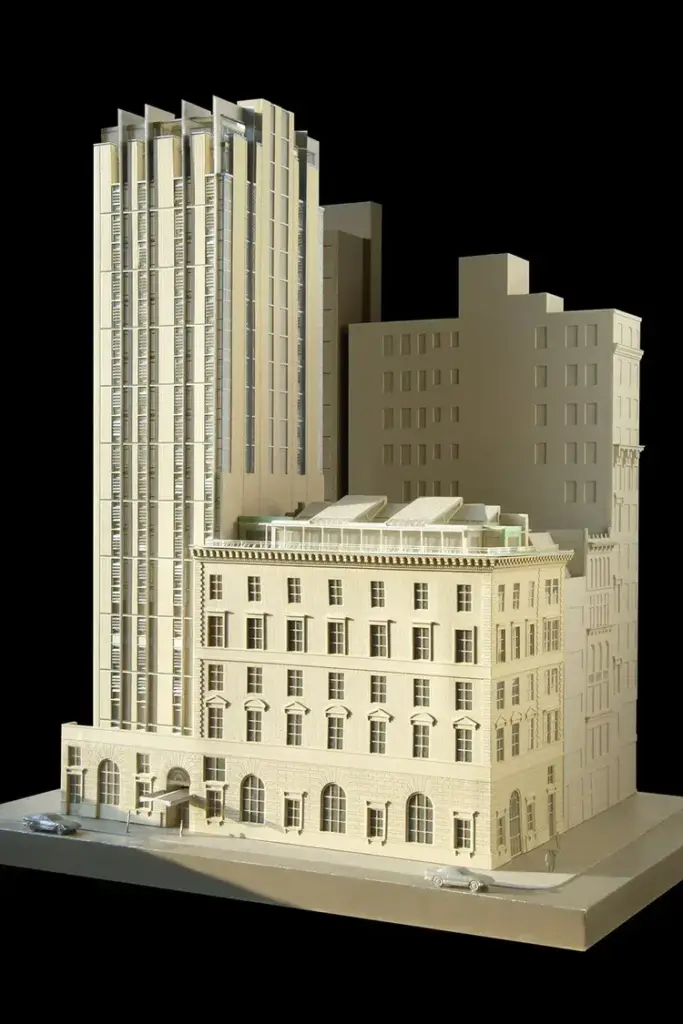
Ready to coordinate your next complex renovation and new construction project? Contact BSPK’s VDC experts to discover how comprehensive BIM implementation can eliminate coordination conflicts while ensuring seamless design-to-construction transitions in your mixed-use hospitality projects.



